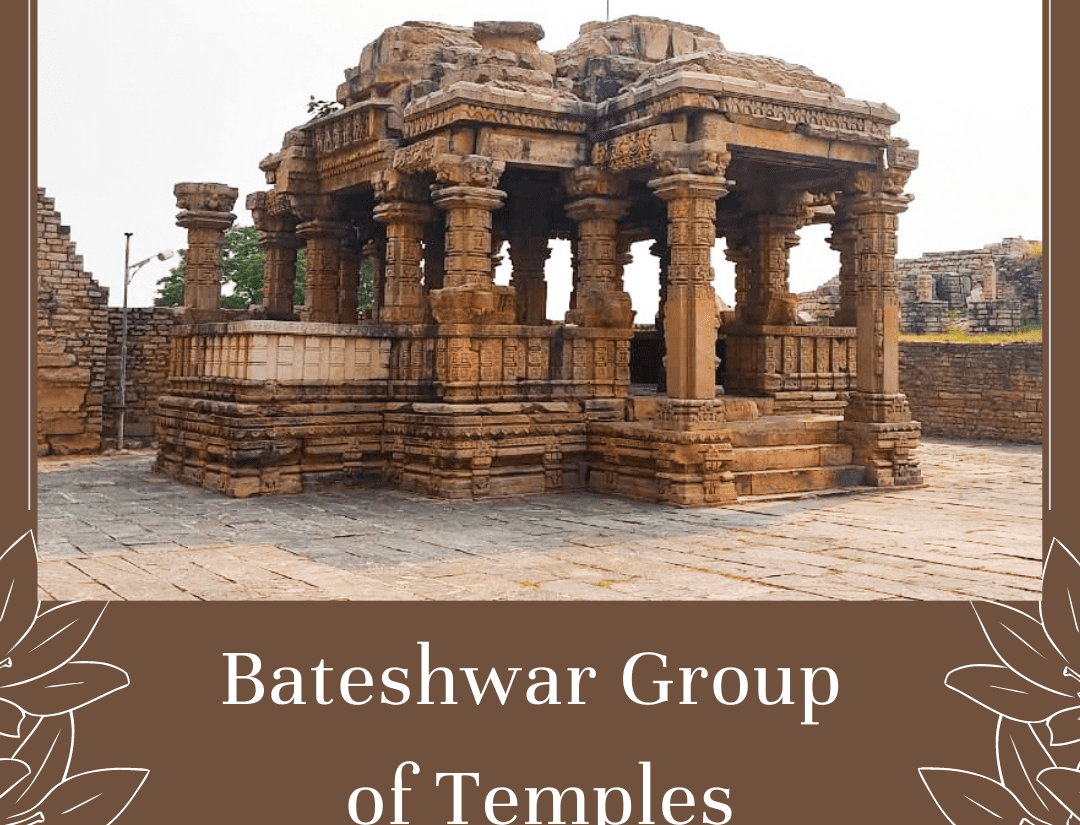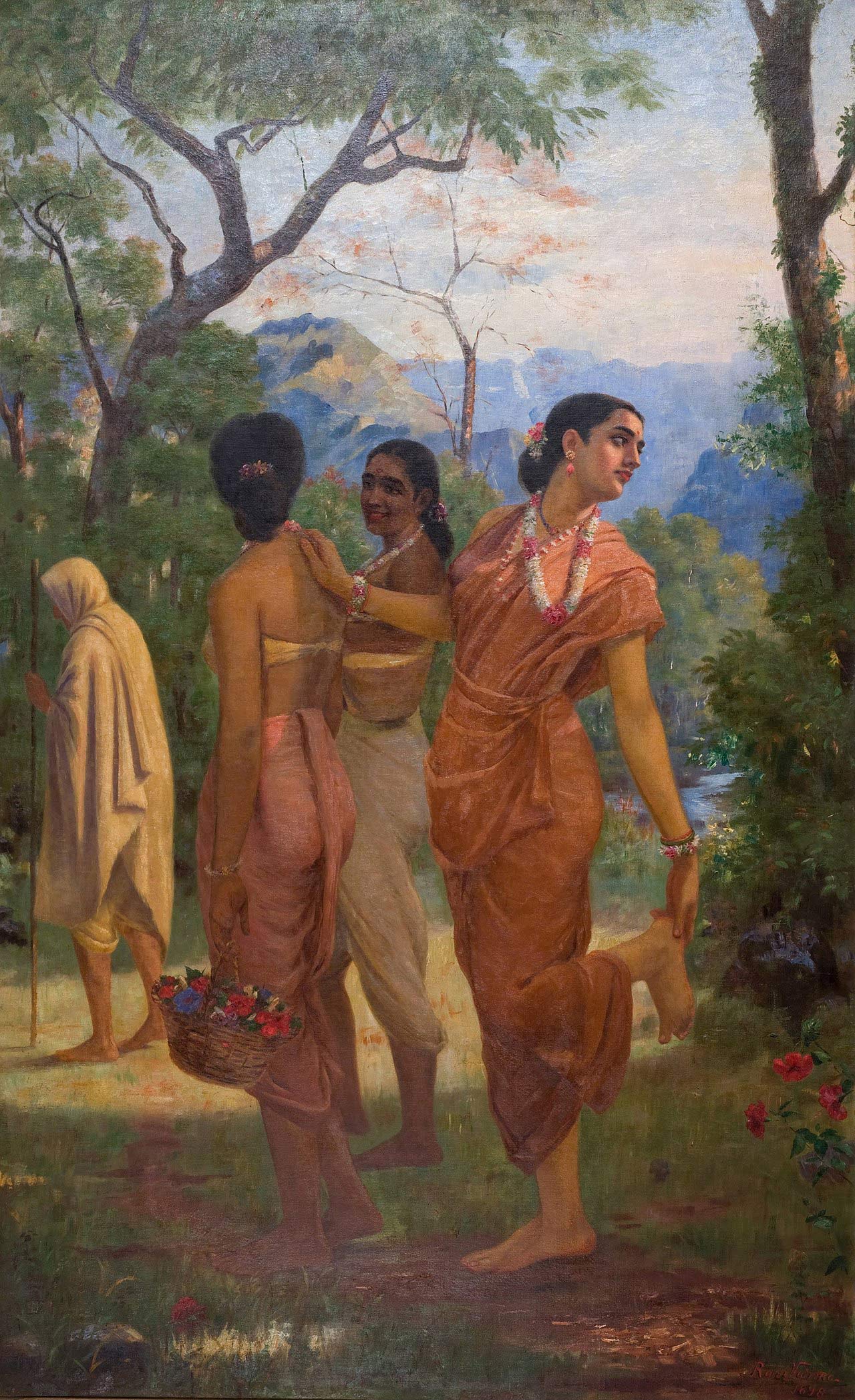Bateshwar Group of temples : The story of dacoit and heritage
- Anoushka Jain
- December 6, 2021

Article by EIH Researcher and Writer
Khushi Kesari
Morena is a scenic district in Madhya Pradesh’s northernmost region, with various hills, muddy cliffs and ravines, rivers, and lakes. This location, formerly notorious for Chambal dacoits, has experienced significant changes. Nirbhay Singh Gujjar, one of the most notoriously famous Dacoits, lived in the Chambal valley and had terrorised the region for 31 years. His hiding location was none other than the well-known Bateshwar Group of Temples.
The Bateshwar Hindu temples and ruins are a collection of about 200 sandstone Hindu temples that were built in the post-Gupta, early Gurjara-Pratihara style of North Indian temple architecture. Located around 35 km north of Gwalior and approx 30 km east of Morena, The site derives its name from the Bhuteshvar Shrine, the region’s greatest Shiva temple. The temples are primarily small and dispersed across the area. They are devoted to Shiva, Vishnu, and Shakti, the three great Hindu deities. The Bateshwar temples were erected during the 8th and 10th centuries.
These shrines are among India’s oldest examples of Hindu temple architecture. The most basic or primitive kind of Hindu temples were originally plain square pillared porches composed of stone slabs, with no shikharas. However, because the style lasted long into the 10th century, later era mandapikas could be seen with a nagara shikhara on them. This transition can be seen at the Bateshwar site. The temples, however, could not stand the ravages of time and collapsed allowing dacoits to hide in the ruins.
Under the direction of ASI Bhopal area Superintending Archaeologist K.K. Muhammed, the ASI initiated an ambitious effort in 2005 to gather all the ruins, and repair as many temples as possible. Nirbhay Singh Gujjar along with his gang assisted the Archaeological Survey of India in restoring the temple complex. They assisted until the dacoit was shot in an encounter in 2005. Perhaps Nirbhay Singh sought to atone for his past wrongdoings by assisting in the restoration of the temple site. Approximately 60 temples were repaired under KK Muhammed’s supervision and He continues to advocate for the monument’s future repair.




















